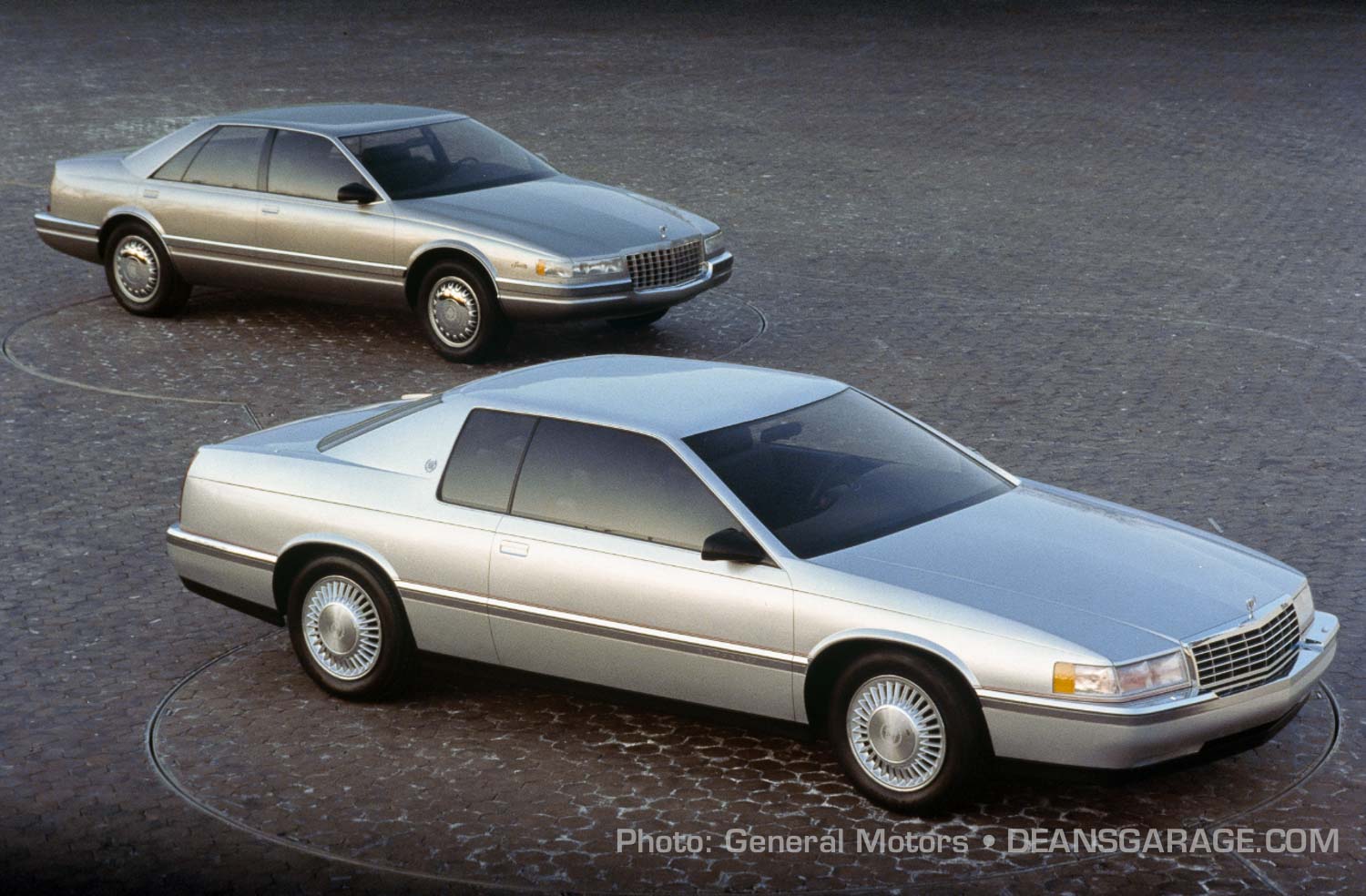
Design of the 1992 Cadillac Seville and Eldorado
by Dick Ruzzin and Dennis Little
Edited by Gary Smith
Part One
Dick Ruzzin:
My father had long promised to give a new Cadillac to my mother, and in 1986 he bought her one of the new downsized Sevilles. They lived in a country town outside of Detroit where Cadillac was a highly respected brand. One day while waiting in her bank, she saw that people were looking at her new Cadillac through the windows. They were laughing and making fun of it, not knowing that the person who owned it was right there in the bank with them. She was crushed. Like many Americans, to own a Cadillac was the fulfillment of a lifelong dream and a much-anticipated purchase.
The much smaller 1986 Cadillac Seville and Eldorado, in spite of their clear Cadillac design character, were a disaster in the car business and the dealers were losing money. By loyally staying with Cadillac, many had lost their personal life savings. Sales tanked and Cadillac was in trouble. Something had to be done, and quickly.
In a short three years between 1986 and 1989, Cadillac Studio would completely redesign the Cadillac product line at a cost of over a billion dollars for General Motors. Success or failure of the new cars we had designed would determine the future of the hallowed Cadillac Division and General Motors. The new designs also had to conform to stricter government fuel requirements. Weight and aerodynamics would be more important now than ever.
Furthermore, the design of the 1992 Cadillac Eldorado (but not the four-door Seville) initiated a contest between two design staff studios and two Italian designers.
Pininfarina, creator of the Cadillac Allante, would develop his design in Italy. Cadillac Studio would also create proposals at the GM Tech Center in America. I would lead Cadillac Studio’s effort, an Italian-American from immigrant parents who had never before designed a Cadillac. It was a complex international journey that took many twists and turns, but resulted in a beautiful car that still turns heads today over thirty years later.
This is the story of that design adventure. When you read this, please understand that this was emphatically not a normal design effort. In my forty year career working in the USA and in many other parts of the world, no other design experience was even close to this one.
Dennis Little:
It was mid-1985, and I was a Senior Creative Designer in Pontiac 1 Studio. I wondered if I would ever become an assistant studio head, the next level of promotion. One day Pontiac Studio Chief Designer Terry Henline unexpectedly told me to report to Chuck Jordan’s office (V.P. of Design). That caught me off guard.
As I walked up to Chuck’s office, I wondered what the meeting could pertain to. I was thinking that I was probably being transferred to another studio. As I entered his secretary Lucy smiled and said, “Go right in. Chuck is waiting for you.”
I pushed open the glass doors. Chuck was seated at his desk and motioned for me to have a seat. “I have some good news and some bad news,” Chuck said. “Which do you want to hear first?”
“The good news, of course,” I responded.
“You are being promoted to assistant chief designer,” Chuck said.
Wow! I couldn’t believe that I had finally made it to the next level. Chuck followed up the good news with the bad news which was I would be the assistant chief designer in Cadillac Studio. At that moment where I was being transferred to didn’t matter. The promotion was more important.
I returned to Pontiac Studio and started ordering boxes to pack up all my supplies and gather my sketches that would be sent to Cadillac Studio. As I walked into Cadillac Studio, Wayne Kady, who was the chief designer, welcomed me and introduced me to the studio’s staff. It wasn’t till a few days later that it started to sink in that I really was not excited about designing cars that were for customers that I couldn’t relate to at my age.
The current studio assignment was to design the next Eldorado for Cadillac.
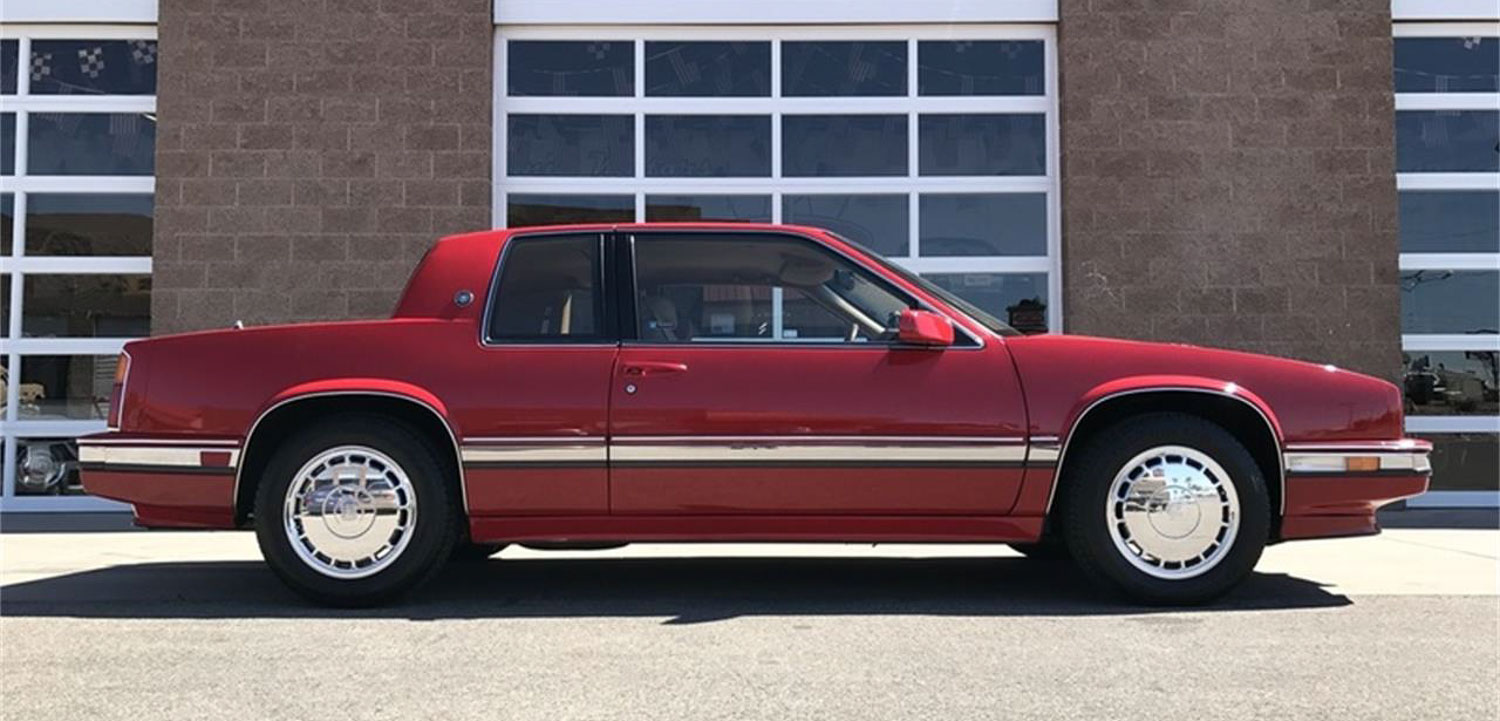
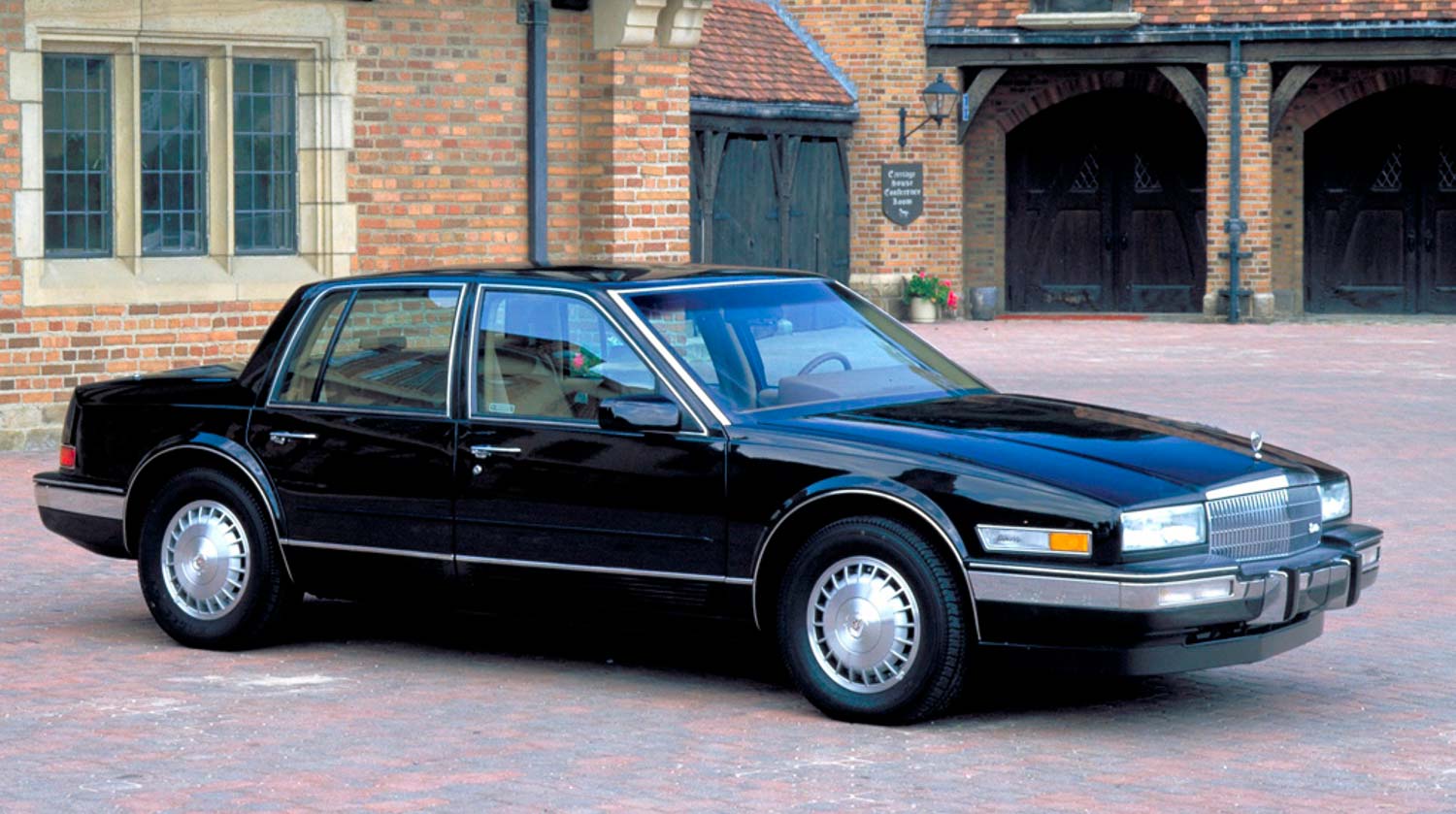
Dennis Little:
Dealer Meeting
I learned there was a meeting taking place in the Styling Dome (auditorium) with all the major Cadillac dealers from across the country, and I thought that it might be worthwhile going over to the Dome to hear what was being discussed.
I stood off to the side looking at a sea of seated Cadillac dealers, and on stage were Bob Stemple, the CEO of GM, and Lloyd Reuss, the president of GM. I couldn’t believe what I was seeing and hearing. The Cadillac dealers were on their feet screaming and pointing at the two executives, saying, “If you don’t fix Cadillac we are going to leave and look for other companies to serve our needs!”
As I walked back to Cadillac Studio it started to sink in that I was in for a bumpy ride going forward. Or would this be the end of Cadillac?
Dick Ruzzin:
Downsized Disasters
Cadillac Engineering was also on the line as Cadillac had to move strongly toward a more efficient and performance-oriented driving experience. Cadillac had to meet the new government safety and fuel economy regulations, which meant more fuel efficient and safer cars for the American consumer. However, the need to create smaller, more efficient cars denied Cadillac their traditional technology and size advantage over the other five GM divisions. Size, that had historically been so important for Cadillac, was the last thing that they finally lost due to downsizing.
The Cadillac designers for the upcoming 1986 Cadillac Eldorado and Seville programs were horrified when the new downsized platforms were rolled out. Overall length was to be reduced by over 18 inches, wheelbase by 10 inches, and width by over 4 inches. In other words, shorter, taller and narrower, the opposite of the success formula that Cadillac had enjoyed for years.
The previous Cadillac studio designers had tried very hard but the size and proportions were wrong and they had no support for changing them. Those small Cadillacs, produced from 1986 through 1991, were designed by talented, dedicated professional car designers who had great love for Cadillac, but the cars were a huge market disappointment and the Corporation was keeping Cadillac monetarily afloat until the new cars came out, designed by our team.
Dick Ruzzin and Gary Smith
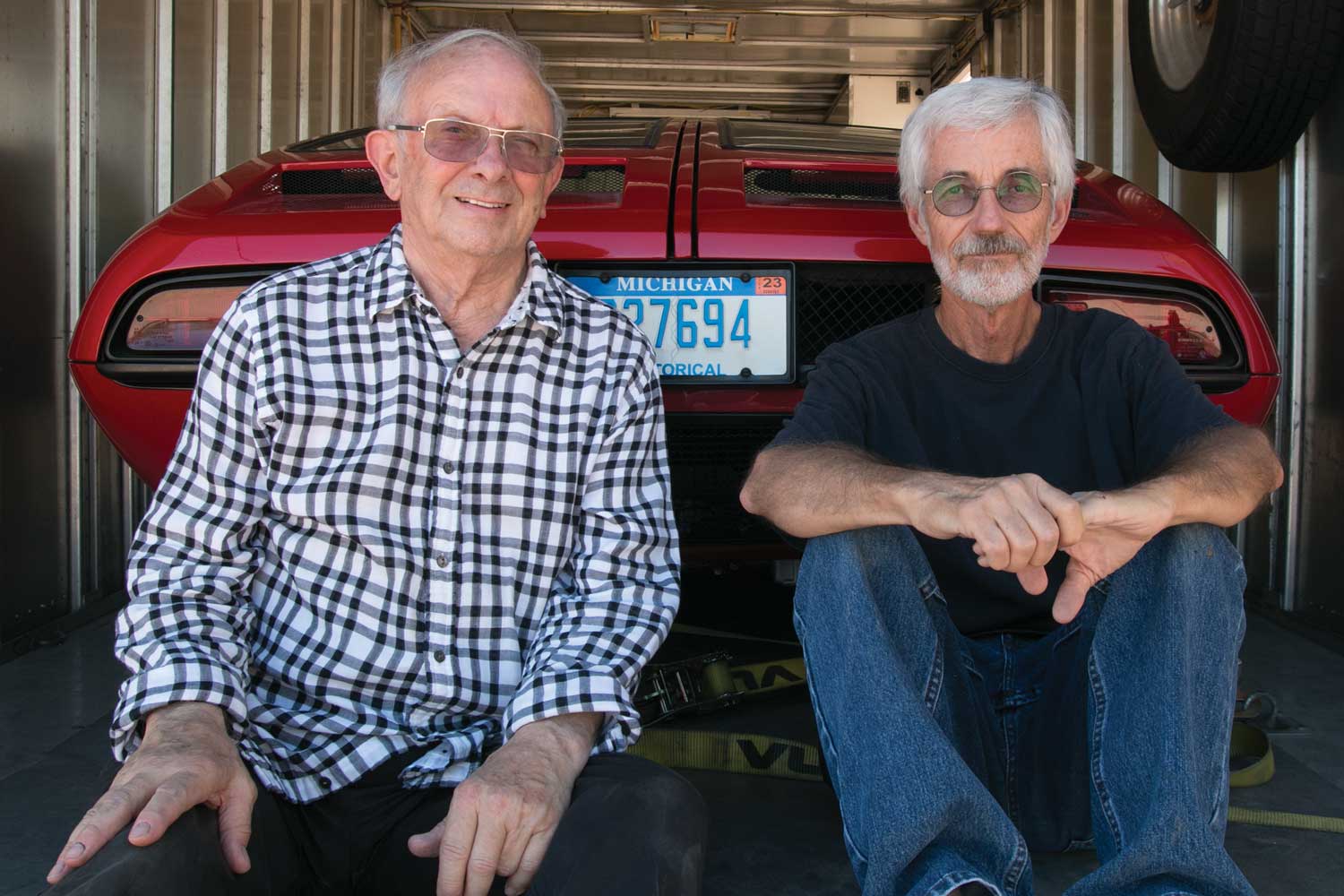
Dennis Little
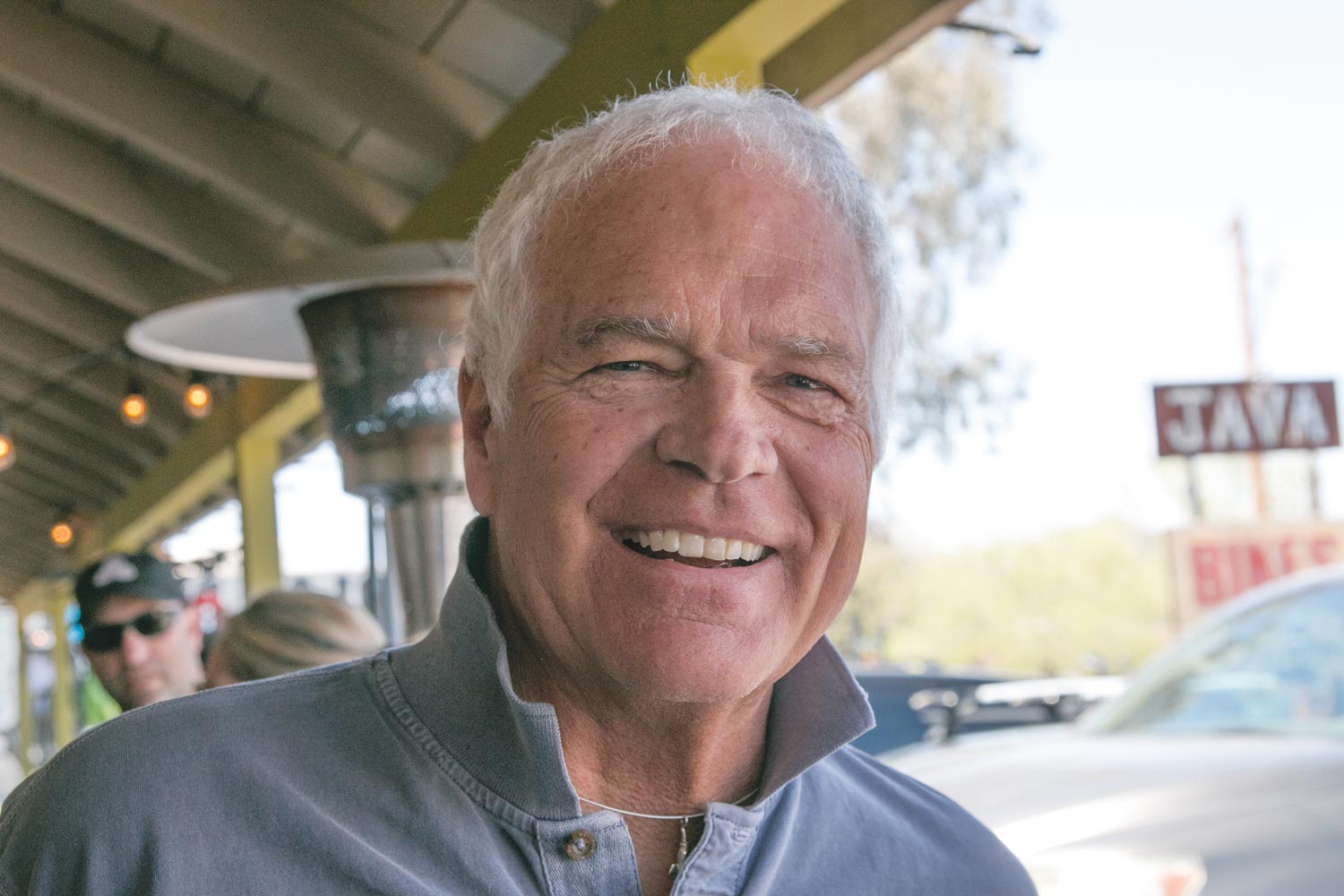
Videos featuring John Manoogian discussing the creation of the 1986 Cadillac Eldorado and Seville.
Source: https://www.youtube.com/@RareClassicCars
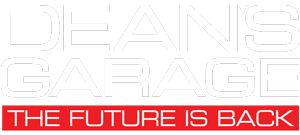
What a fascinating window into the inner workings of GM. It seems that leadership was so concerned about appealing to everyone that they water down the design so much until they’re left with a car that has no visceral appeal to anyone.
This is as bland and boring a car as any marketed today, foreign or domestic: a silver sedan that looks like every other silver sedan. Yawwwwn… The old ‘you can’t tell one car from another’ syndrome finally came full circle. Cadillac is trying desperately to create something as distinctive as their reputation for distinction the government killed in 1973, but is failing miserably.
In a strange way I feel sorry for what GM has done to itself. Chevrolet has become the icon for low-rider, non-conformists and Cadillac the icon of gangbangers and drug dealers.
Who’da thunk it back in 1959?
Follow-up to “e55″‘s comments…
If it isn’t too late, perhaps Cadillac could try what Lincoln is doing: creating cars with styling cues that are suggestive of their more popular prior models.
Recent Lincoln models feature a take on 1939 Zephyr and 1964 Continental grill designs. Both have been creatively blended into the ‘useless government lunch box’ design that so ungraciously characterizes today’s American cars.
GM DID NOT DO IT TO ITSELF.
Government rules for fuel economy, that overcame the market was the problem. The government wanted to get credit for forcing the industry to meet their newly formed northeastern fuel economy requirements. The market would have done that on its own as it always does.
As we see today, forcing the market to drive electric cars isn’t working very well. And when they become unsubsidized a large portion of it will die.
That is what put Cadillac into the problem that it had. Read the following episodes to discover the real problem. It wasn’t GM. And it wasn’t GM trying to make bland cars.
A very good Japanese friend of mine told me that people in the Japanese auto industry wanted to kill the auto industry in the United States. Not everyone agreed with that in Japan. Japan had more lobbyists in Washington than all the other countries combined as they tried to leverage the cars that they had for their country that were all ready to be sold here in the united states. The opportunity for this was created because after world war II, with the Marshall plan for Europe. It was the United States as partied to winning the second world war wanted to give Europe and Japan a chance to start economically in a positive way. To do that we did not tax them, allowing them to bring their products into this country, but they taxed us severely.
Dick has presented some interesting perspectives. Has government ever done something worthwhile? Look at their 1973 5-mph rubber bumpers, that were supposed to withstand impact and cause insurance rates to plummet. All across America we see discarded rubber bumpers that have fallen off cars. When did you last see a 1965 Oldsmobile Cutlass drop its rear bumper along a highway, after being bumped from behind?
I’m reminded of Buick’s postwar slogan, “When Better Automobiles Are Built, Buick Will Build Them”.
Notwithstanding some of the embarrassing 1950’s styling excesses from Detroit, Japan has to take first prize for the ugliest, most offensively-styled cars in the past three decades. How about, “When Uglier Automobiles Are Built, Japan Will Build Them”? I’m convinced they’re trying to emulate what they naively believe are the styling triumphs the US produced, but are confusing a 1957 Plymouth with a 1961 Plymouth. Notice how many foreign cars have that ‘about-to-vomit’ look, cloned directly off the ’61 Plymouth.
And how about that dreadful melting-popsicle Cube car Japan came out with several years ago – a ‘Model A Tudor on Drugs.’ Even the Japanese rejected it.
Given the eye-opening events of today, it is not hard to wonder if the entire 1960s green scenario that upset the American auto industry was not one that was promoted by Japan, and happily assisted by the oil cartels in the Middle East.
Japan Incorporated, as they were referred to in the American press and auto industry, was divided up with each brand having a section of the market that followed Alfred P Sloan’s price ladder, as used by general Motors. The American industry was not organized that way. If that were the case, we were all participating in an international event that would result in the diminishing of the American automobile industry.
Japan also followed with luxury brands by Toyota and Nissan. That’s what Cadillac was to compete against. But the Japanese culture that created those cars was very different than in the American automobile industry. They had corporate fuel economy models at the low end of the price ladder that supported the larger less fuel efficient cars to meet the new American fuel economy requirements. The American industry did not have that product mix and the situation placed GM and Cadillac in a do or die situation
There is no doubt in my mind, as I look back on all these events, and as you read the five sections that GARY has provided, could that have happened?